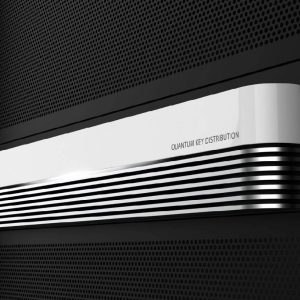Researchers at Massachusetts Institute of Technology (MIT) Media Lab have developed a $500 ‘nano-camera’, which is capable of operating at the speed of light.
Unveiled at the Siggraph Asia event in Hong Kong, the new three-dimensional camera would be used in collision-avoidance, gesture-recognition, medical imaging, motion-tracking, in addition to interactive gaming.
Using the ‘Time of Flight’ theory to calculate scenes, the nano-camera can calculate location of objects by measuring the time taken for transmitted light to reflect off a surface and return to the sensor.

Researchers claim that the new camera will be able to generate accurate measurements even in fog or rain, as well accurately locate translucent objects.
MIT graduate student, co-author Achuta Kadambi said that using the current state of the art, such as the new Kinect, you cannot capture translucent objects in 3-D.
"That is because the light that bounces off the transparent object and the background smear into one pixel on the camera," Kadambi said.
"Using our technique you can generate 3-D models of translucent or near-transparent objects."
The new camera also uses an encoding method generally deployed in the telecommunications industry to measure the distance travelled by a signal, according to MIT associate professor of media arts and sciences, Media Lab Camera Culture group leader Ramesh Raskar.
"We use a new method that allows us to encode information in time," Raskar said.
"So when the data comes back, we can do calculations that are very common in the telecommunications world, to estimate different distances from the single signal."
The latest "nano-camera" looks into the scene with a continuous-wave signal that oscillates at nanosecond periods, which would allow using economical hardware including light-emitting diodes (LEDs) that enable camera to reach a time resolution within one order of magnitude of femtophotography while outlaying just $500.
"By solving the multipath problem, essentially just by changing the code, we are able to unmix the light paths and therefore visualise light moving across the scene," Kadambi added.
"So we are able to get similar results to the $500,000 camera, albeit of slightly lower quality, for just $500."






